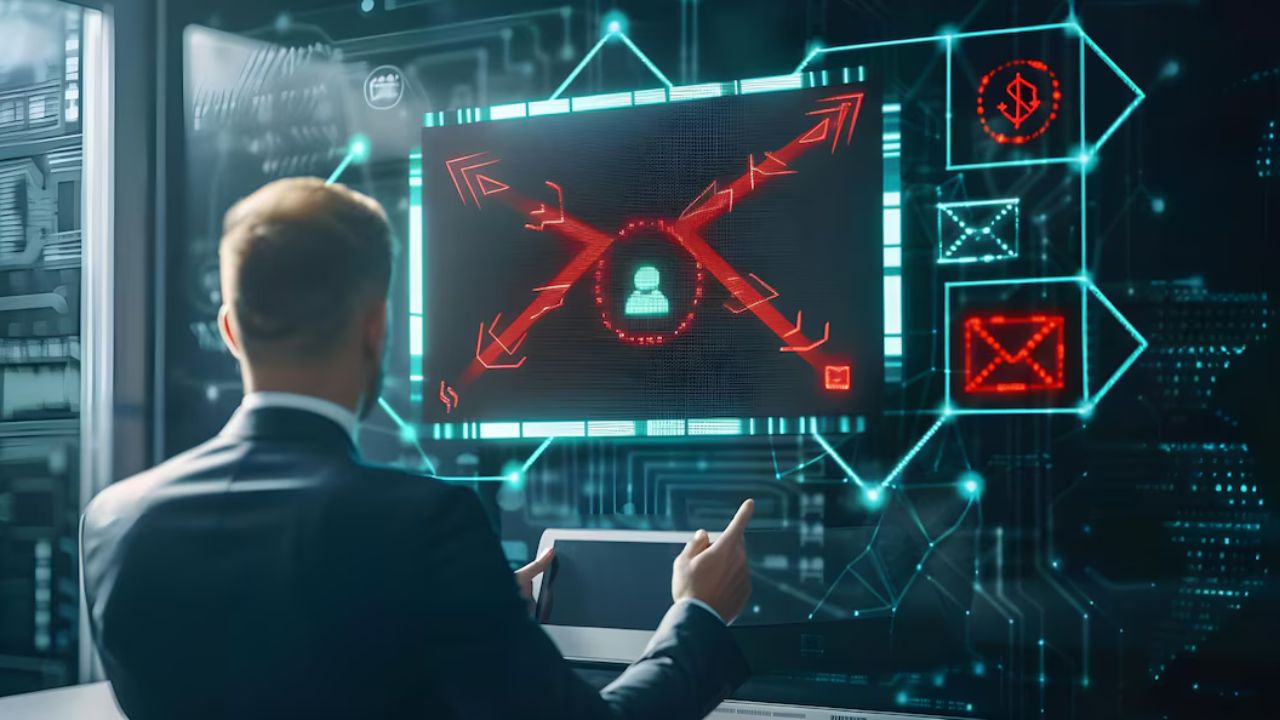In today’s digital age, where information is the new currency, cybersecurity has become paramount. Recently, a significant security breach, known as the TheJavaSea.me Leaks AIO-TLP, has sent shockwaves throughout the tech industry. This event not only highlights vulnerabilities in our systems but also serves as a stark reminder of the evolving threats that lurk in the cyber world.
In this blog post, we will explore the intricacies of this security breach, its potential impact on individuals and businesses, and the broader implications for cybersecurity. By understanding these elements, you’ll be better equipped to protect your digital assets and stay ahead of potential threats.
Understanding the JavaSea.me Breach
The JavaSea.me breach is one of the latest in a series of high-profile cyber incidents. This breach specifically targets the platform’s users, exposing sensitive information. But what exactly happened? Essentially, unauthorized parties gained access to user data due to vulnerabilities in the platform’s security protocols. This breach underscores the importance of robust cybersecurity measures.
Cybercriminals constantly evolve their tactics, seeking out weak points in systems to exploit. In this case, the JavaSea.me breach was a wake-up call for the tech community, reminding us that no system is impervious. It’s crucial to understand that breaches like these aren’t just about stolen data—they can have far-reaching consequences for both individuals and organizations.
The Impact on Users and Organizations
When a security breach occurs, the immediate concern is the impact on users. In the case of JavaSea.me, users’ personal information, including names, email addresses, and potentially financial data, was compromised. The implications are significant. Identity theft, financial fraud, and loss of privacy are just a few of the risks users now face.
For organizations, the fallout can be even more severe. Beyond the immediate financial losses, there’s the reputational damage to consider. Customers may lose trust, leading to a decline in business. Additionally, companies may face legal ramifications, especially if it’s proven that they failed to implement adequate security measures.
The Importance of Cybersecurity
In an era where cyber threats are becoming increasingly sophisticated, cybersecurity is no longer an option—it’s a necessity. The JavaSea.me breach serves as a stark reminder of this reality. Organizations must prioritize cybersecurity to protect not only their data but also their reputation and customer trust.
Implementing robust security measures, such as encryption, multi-factor authentication, and regular security audits, can help mitigate the risk of breaches. However, it’s not just about technology; fostering a culture of security awareness among employees is equally important. Human error remains one of the leading causes of security breaches, making training and education vital components of any security strategy.
Lessons Learned from the Breach
Every security breach offers valuable lessons for the future. In the case of JavaSea.me, several key takeaways emerge. First, the importance of regular security assessments cannot be overstated. Identifying vulnerabilities before attackers do is crucial to preventing breaches. Organizations should consider employing ethical hackers to test their systems for weaknesses.
Second, user education is paramount. Many breaches occur because users fall prey to phishing attacks or other social engineering tactics. Providing users with the knowledge and tools to recognize and avoid these threats can significantly reduce the risk of a breach.
Finally, rapid response is essential. In the event of a breach, organizations must have a well-defined incident response plan in place. This plan should include steps for containing the breach, notifying affected parties, and cooperating with law enforcement if necessary.
The Role of Government and Regulation
In the wake of the JavaSea.me breach, questions arise about the role of government and regulation in cybersecurity. Should there be stricter regulations governing data protection and breach notification? While government intervention can provide a framework for accountability, it’s essential to strike a balance that doesn’t stifle innovation.
One approach is to encourage collaboration between the public and private sectors. Sharing threat intelligence and best practices can help organizations bolster their defenses. Additionally, governments can offer incentives for companies that prioritize cybersecurity, such as tax breaks or grants for security-related initiatives.
How to Protect Yourself and Your Organization
In light of the JavaSea.me breach, it’s crucial for individuals and organizations to take proactive steps to protect themselves. For individuals, this means regularly updating passwords, enabling two-factor authentication, and being vigilant for phishing attempts. It’s also wise to monitor financial statements for any suspicious activity.
Organizations should conduct regular security assessments and invest in robust security technologies. Additionally, fostering a culture of security awareness among employees can significantly reduce the risk of a breach. Consider implementing a security training program and conducting simulated phishing exercises to keep employees informed and alert.
The Future of Cybersecurity
The JavaSea.me breach is a reminder that cybersecurity is an ongoing battle. As technology continues to advance, so too will the tactics of cybercriminals. Organizations must remain vigilant and adaptable, continuously assessing and improving their security measures to stay ahead of the curve.
Innovation will play a critical role in this endeavor. Artificial intelligence and machine learning are already being used to detect and respond to threats in real-time. In the future, these technologies will become even more integral to cybersecurity strategies, helping organizations identify and mitigate threats before they can cause harm.
Conclusion
The JavaSea.me Leaks AIO-TLP breach is a wake-up call for individuals and organizations alike. It highlights the importance of cybersecurity in today’s digital landscape and underscores the need for proactive measures to protect sensitive information. By understanding the lessons learned from this breach and implementing robust security measures, we can work towards a safer, more secure digital future. So, it is crucial to stay informed and updated about the latest threats and security practices to ensure the safety of our data and privacy. Let’s work together to make cybersecurity a top priority for individuals, organizations, and governments around the world. So, let’s continue working towards a safer and more secure digital world. Stay safe!
FAQs
What are some common signs of a cyber attack?
Common signs of a cyber attack include unusual account activity, unexpected computer slowdowns, frequent pop-ups or system crashes, and unexplained data usage. If you notice files suddenly missing or altered without your action, these too might indicate a breach or malicious activity.
How can I ensure my passwords are secure?
To maintain secure passwords, use a combination of letters, numbers, and symbols, and avoid using easily guessed information such as birthdays or names. Consider using a password manager to generate and store robust passwords securely, and enable two-factor authentication whenever possible for an extra layer of security.
What should I do if I suspect a phishing attempt?
If you suspect a phishing attempt, do not open any links or attachments provided in the message. Report the suspected phishing to your IT department or service provider. Additionally, verify the sender’s information through a trusted source before taking any action.
How often should organizations conduct security assessments?
Organizations should conduct comprehensive security assessments at least annually, though quarterly reviews are recommended for industries particularly prone to cyber threats. Regular security assessments help identify new and evolving vulnerabilities, allowing organizations to address them proactively.
What role does employee training play in cybersecurity?
Employee training is crucial in cybersecurity, as many breaches occur due to human error, such as falling for phishing scams. By implementing regular security awareness training programs, organizations can educate employees on recognizing potential threats and adopting best practices in digital security.










